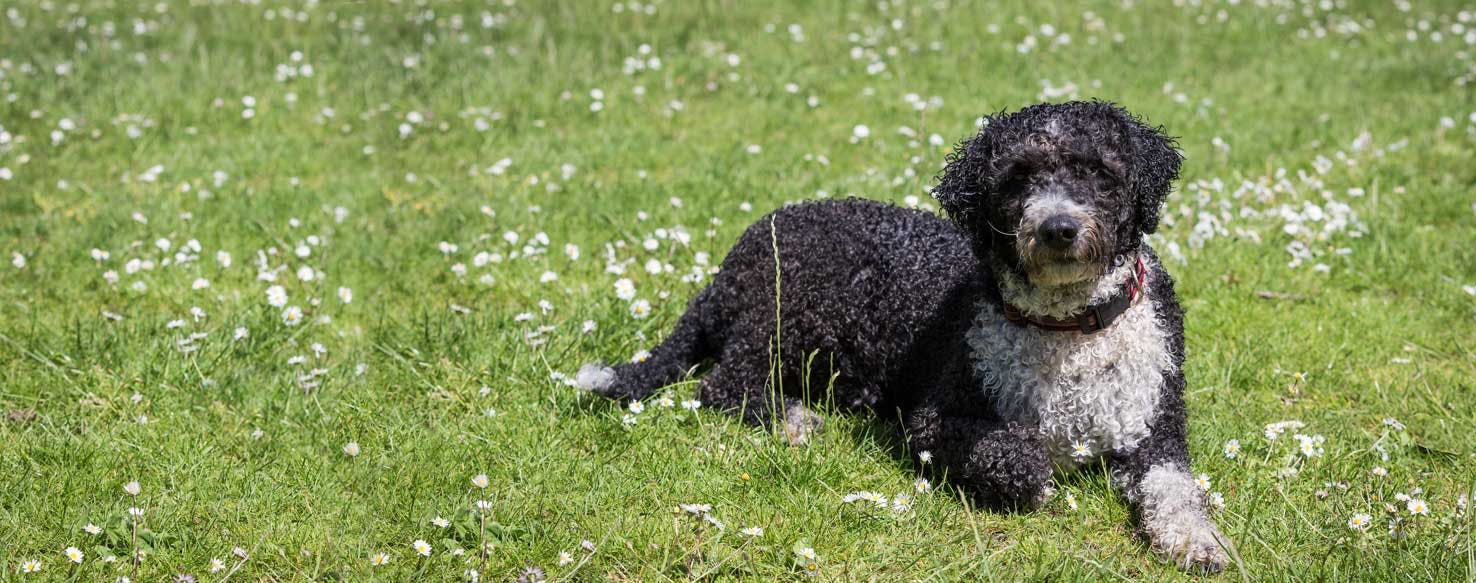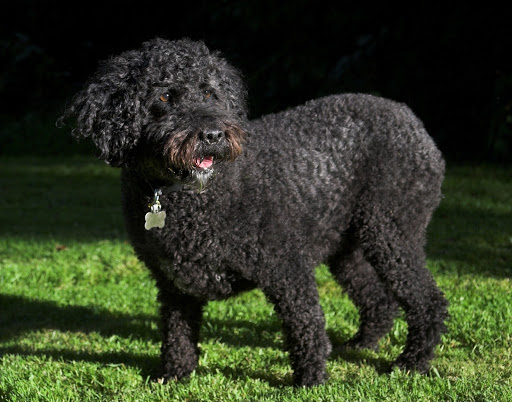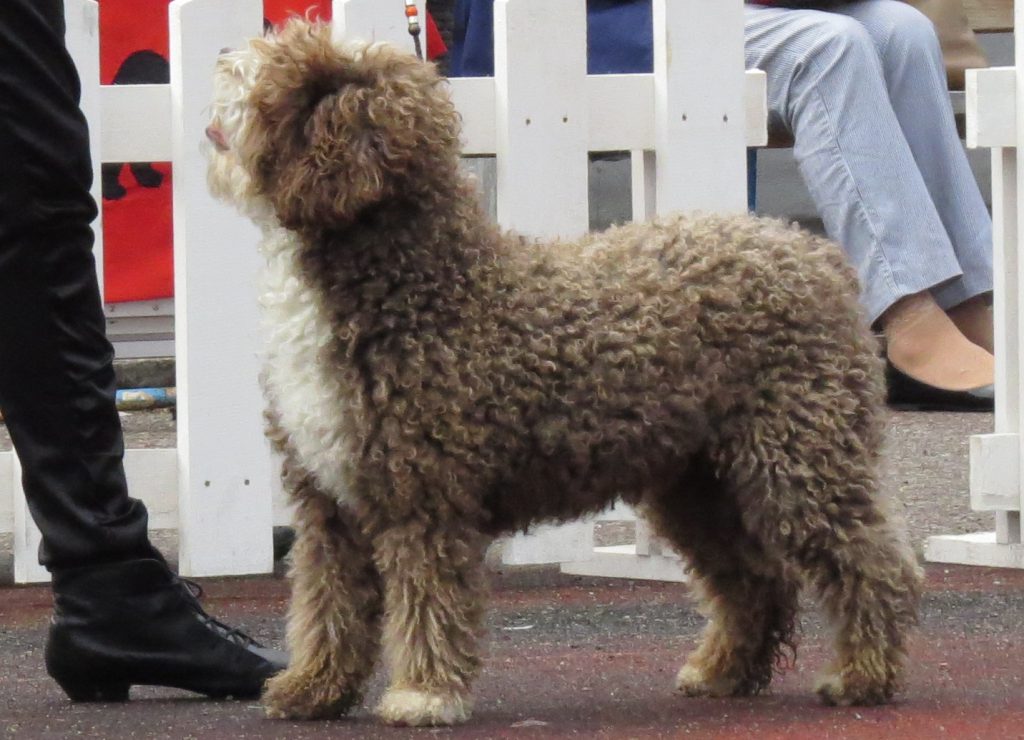
Spanish Water Dog – Health, History, Characteristics & Facts
The Spanish Water dog can trace its history back several hundred years, certainly as far back as the middle ages, although there are different theories as to the true origin the most accepted is that it was introduced by the Turks who traded in sheep and used them as sheepdogs, in Spain, it is often referred to as the Andalusian Turk.
The Spanish Water dogs were used for a variety of tasks, they were used as sheepdogs to move sheep and goats, fisherman used them to retrieve equipment from the water and also stray fish that escaped from the nets, using their diving ability and to guard the catch once landed, and as hunting dogs used as retrievers, particularly in water.

Characteristics Of Spanish Water Dog
Spanish Water dogs are a lively, athletic and versatile guarding breed, they are very intelligent and easy to train as they pick things up very quickly, however, intelligence also makes them just as likely to pick up unwanted behavior and as they can be quite manipulative they are apt at training their owners and can be quite bossy if they are allowed to let themselves believe they are in charge.
People are drawn to the breed by the cute, cuddly appearance of the dogs, but it must be remembered they are a working breed with a working mind and need to do something, however, they are also a very sensitive breed and will not take any form of harsh training or handling, a gentle consistent approach to training by the whole family is the best way to deal with the breed.
They are by nature an aloof breed that likes to weigh people and situations up, which can be mistaken as nervousness, but they must also have lots of socialization with all types of people, animals and situations from a young age to enable them to readily accept anything you may want to do with them, they can, like some other breeds have a 2nd fear imprint stage at around 7-8 months of age.

Health Of Spanish Water Dog
The main causes for concern health-wise for the Spanish Water Dog are hips, glaucoma, and PRA-prcd. When the breed first came over from Spain it was thought of as a healthy breed.
All the imports and progeny were annually eye tested for PRA and Lens Luxation, some dogs were hip scored. Some years later persistent lameness in a dog resulted in the dog being hip scored and an eye problem in another dog at 9 years of age resulted in questions being asked and more regular health tests.
Since that time the dogs have been hip scored before breeding and the breed mean score is now down to around 15, there have been around 5 cases of glaucoma with the breed showing a high predisposition to the disease and now all breeders test for this before breeding from their dogs, and we are beginning to see less fails from the tests.

The latest DNA test for PRA-prcd is a great tool for breeders to see if their dogs are clear, carriers or affected before they are used for breeding, we have several carriers in the UK and have just had once confirmed affected dog who was bred before the DNA test became available.
There have been a few cases of skin complaints, missing/misplaced teeth, Cryptorchidism, short toe anomaly, and hypothyroidism, so the breed club is continually monitoring the health of the breed and welcomes anyone to tell them of any problems they may have with their SWD.
